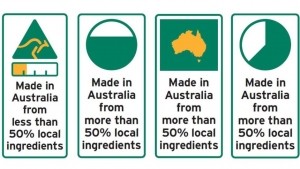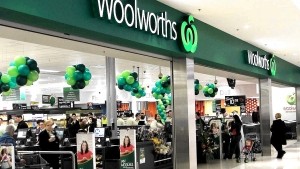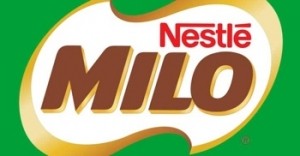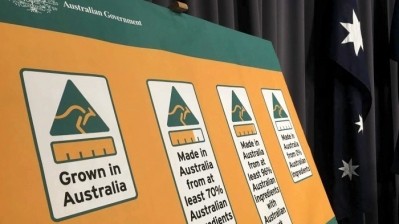This week Down Under
Government consults public on new country-of-origin system
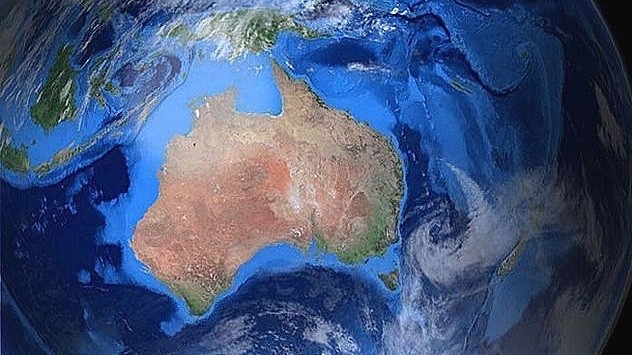
In a bid to make Australia’s country-of-origin labelling clearer for consumers, the government has called for public opinion on the best way to show which foods are made in the country.
It has proposed several designs, from pie charts and simple text to the “Australian Made” kangaroo logo with a gauge. The options follow consultation with the food and beverage industry over the last two months. The early front-runner is the kangaroo logo, according to reports.
Industry minister Ian Macfarlane said: “Consumers have told us loud and clear that they want more useful food labelling. Now we want to hear from them about which options they prefer. We are now asking for consumer feedback from the very shoppers who will be in the supermarket making use of the new labels.”
The new design, which is expected to be introduced by the end of the year, could do so "without adding extra costs to business,” Macfarlane said.
The proposed designs and survey can be accessed at www.industry.gov.au/cool.
Woolworths subscribes to grocery code of conduct
The food and grocery industry’s voluntary code of conduct has been given a boost after the first supermarket major signed up to its regulations.
Gary Dawson, chief executive of the Australian Food and Grocery Council, which is behind the code, welcomed the move by Woolworths, saying Woolworths’ involvement would help achieve an enforceable code to encourage fair competition in the interests of consumers.
“We congratulate Woolworths for agreeing to the code as an industry-led solution to problems impacting suppliers and consumers,” said Dawson.
“Woolworths has been instrumental in establishing this Code with the AFGC. It was the willingness of Coles and Woolworths to come to the table and develop a meaningful Code that has made it possible.
The code, which has been tabled in parliament as a regulation under the Competition and Consumer Act 2010, establishes principles relating to all main areas of the relationship between retailers and suppliers.
In May, rival chains Woolworths and Coles were told they might have to answer to the grocery industry ombudsman in three years if they failed to embrace the principles of the voluntary code once it is approved by parliament this month.
Woolworths has indicated it will subscribe to the code from July 1, subject to the existing code remaining the same after Senate approval.
Woolworths’ announcement came as it announced plans to invest A$650m (US$503m) on its operations in Victoria.
It will open open at least 20 new stores and refurbish 40 existing stores in the state over the next three years, , creating over 2,000 retail jobs at an investment of A$150m.
The remaining A$500m is being spent on a new meat processing facility in Laverton, which is soon to open, and a new distribution centre in southeast Melbourne that is due to open in 2018.
Baby food and breastfeeding see sharp growth in NZ
New Zealand’s baby food market has grown at a rate of over 41% between 2007 and 2013, with baby milks accounting for the biggest segment, worth US$46.8m, according to a report.
The study by ERC also found that breastfeeding rates have been gradually increasing as a result of a number of government and industry promotions to promote breastfeeding.
Milo’s ingredient change sparks consumer reaction
Nestlé has admitted that its Milo hot drink now tastes different, though it has been "improved" for health benefits.
The market’s response, however, has been less positive in some sections, with a number of consumers complaining that the drink had lost its chocolate taste.
A "Change Milo Back to the old recipe" has been set up after parent brand owner Nestlé added vitamins D, B3, B6, B12 while taking out vitamins A, B1 and magnesium and vanilla flavouring.
Nestlé said it had made "a number of small changes to Milo to improve it”. Now, a glass of Milo with low-fat milk now earned 4.5 stars in the new Health Star Rating system.
As well as taking out the vanilla flavour, Milo had also moved to "sustainably sourced” cocoa and palm oil.
"These changes haven't affected the flavour, but does mean that we now have a more sustainably produced product, meeting the demands of consumers and reducing our impact,” a Nestlé spokesperson told stuff.co.nz.
The drink is still "based on the four main ingredients - milk powder, malt barley, sugar and cocoa - that have been at its core for over 80 years,” she said, adding that the decision to change other ingredients was not taken lightly.
